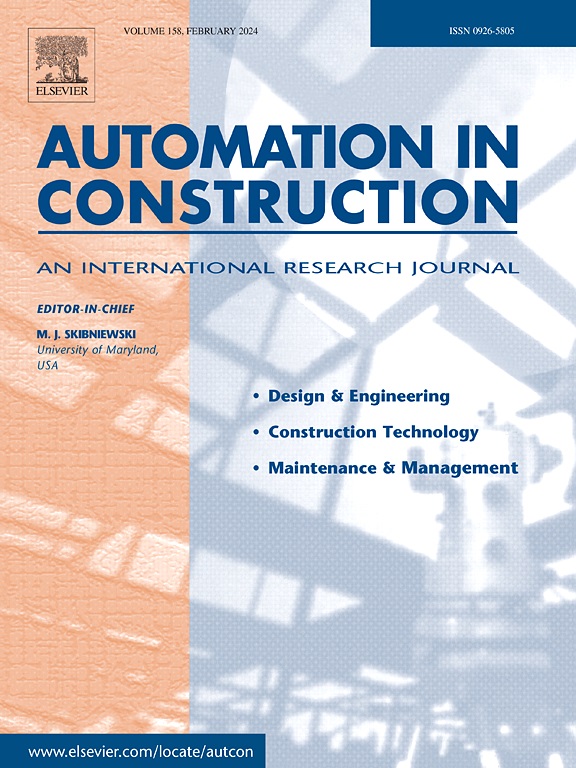Scalable and transparent automated sewer defect detection using weakly supervised object localization
IF 9.6
1区 工程技术
Q1 CONSTRUCTION & BUILDING TECHNOLOGY
引用次数: 0
Abstract
Deep learning methods for sewer defect detection face challenges due to their reliance on time-consuming bounding box annotations and lack of model interpretability. This paper proposed a framework leveraging weakly supervised object localization (WSOL) that requires only image-level annotations. Analysis showed that effective performance could be achieved with minimal training data (100 images per class) and validation examples (6 images per class). The proposed approach achieved robust performance across six defect classes, with ResNet50 and VGG16 models attaining average MaxBoxAccV2 scores of 64.56 % and 57.33 %, respectively. A two-round evaluation approach was introduced, improving localization accuracy by 10.67 % using ResNet50 backbone. The practical utility of the proposed method was improved through the development of AutoSewerLabeler, a trustworthy prototype tool for automatic bounding box labeling. This paper advances sewer inspection automation by providing a more scalable and transparent framework for defect detection.
使用弱监督对象定位的可扩展和透明的自动下水道缺陷检测
由于依赖耗时的边界框注释和缺乏模型可解释性,用于下水道缺陷检测的深度学习方法面临挑战。本文提出了一个利用弱监督对象定位(WSOL)的框架,该框架只需要图像级注释。分析表明,使用最少的训练数据(每个类100张图像)和验证示例(每个类6张图像)可以实现有效的性能。所提出的方法在六个缺陷类别中实现了稳健的性能,ResNet50和VGG16模型分别获得了64.56%和57.33%的平均MaxBoxAccV2分数。引入了两轮评估方法,利用ResNet50骨干网将定位精度提高了10.67%。通过开发AutoSewerLabeler,提高了该方法的实用性,AutoSewerLabeler是一种值得信赖的自动边界盒标记原型工具。本文通过提供一个更可扩展和透明的缺陷检测框架来推进下水道检测自动化。
本文章由计算机程序翻译,如有差异,请以英文原文为准。
求助全文
约1分钟内获得全文
求助全文
来源期刊

Automation in Construction
工程技术-工程:土木
CiteScore
19.20
自引率
16.50%
发文量
563
审稿时长
8.5 months
期刊介绍:
Automation in Construction is an international journal that focuses on publishing original research papers related to the use of Information Technologies in various aspects of the construction industry. The journal covers topics such as design, engineering, construction technologies, and the maintenance and management of constructed facilities.
The scope of Automation in Construction is extensive and covers all stages of the construction life cycle. This includes initial planning and design, construction of the facility, operation and maintenance, as well as the eventual dismantling and recycling of buildings and engineering structures.
 求助内容:
求助内容: 应助结果提醒方式:
应助结果提醒方式:


